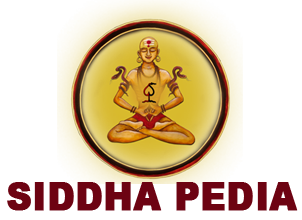Devabhisheka
What is Devabhisheka? The word ‘Devabhisheka’comes from two Sanskrit terms: ‘Deva’ meaning god or divinity, and ‘Abhishek’ refers to the sacred ritual of pouring divine water(liquid) on Bhairavs/Bharavis accompanied by the chanting of mantras. In its essence, Devabhisheka represents the consecration or anointment of divinity. Traditionally, it involves the ceremonial bathing of a deity’s image,… read more »





































































